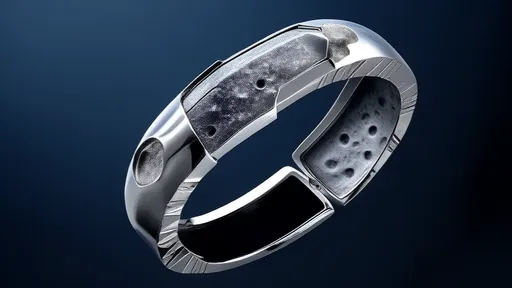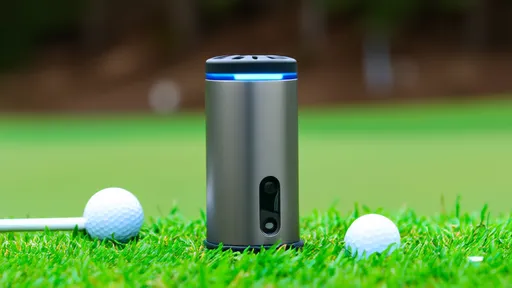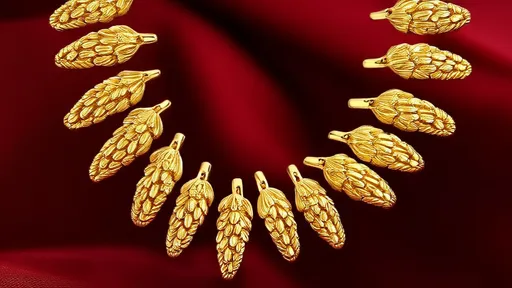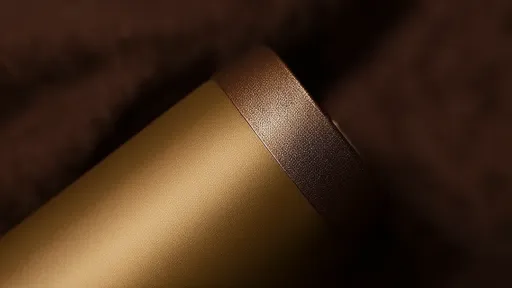The world of golf technology has taken another leap forward with the introduction of smart pegs designed to track putting performance. These unassuming yet revolutionary devices are quietly transforming how players analyze and improve their short game. Unlike bulky wearables or distracting apps, these intelligent markers blend seamlessly into a golfer's natural routine while capturing invaluable stroke data.
At first glance, these smart pegs resemble traditional ball markers, but beneath their sleek exterior lies sophisticated motion-sensing technology. When placed behind the ball during putting, they record every subtle movement - from backswing length and face angle to impact velocity and stroke tempo. The data syncs wirelessly to a companion app, creating a comprehensive putting journal that reveals patterns invisible to the naked eye.
What sets these devices apart is their ability to measure what matters most in putting consistency. While most golfers focus on line and speed, the smart peg identifies the often-overlooked fundamentals: face alignment at impact, stroke path consistency, and tempo repeatability. Early adopters report discovering surprising flaws in their technique that persisted for years undetected, particularly in their takeaway and follow-through motions.
The training benefits extend beyond mere data collection. Many models incorporate real-time feedback through subtle vibrations or audible tones when detecting optimal stroke mechanics. This instant reinforcement helps players develop muscle memory for reliable putting under pressure. Some tour professionals have begun using them during practice rounds to maintain their delicate touch when preparing for major tournaments.
Privacy-conscious golfers appreciate that the technology operates without cameras or complex setup. The peg's minimalist design avoids the stigma of appearing overly technical on the greens, preserving the traditional feel of the game while delivering cutting-edge analytics. Manufacturers have prioritized long battery life and weather resistance, ensuring reliability across countless rounds in various conditions.
As the technology evolves, developers are integrating artificial intelligence that provides personalized drills based on a player's unique stroke tendencies. The system can detect whether missed putts stem from alignment issues, speed control, or stroke path inconsistencies - then recommend targeted exercises to address specific weaknesses. This level of customized coaching was previously only available through expensive launch monitor systems.
The impact on amateur golfers proves particularly significant. Without access to professional instruction, weekend players often develop compensating movements that hinder consistency. The smart peg serves as an always-available putting coach, objectively identifying these compensations and tracking improvement over time. Many users report shaving multiple strokes off their handicap within weeks of implementation.
Course management applications are emerging as well. Some forward-thinking clubs install smart pegs on their practice greens, allowing members to benchmark their putting stats against club averages. Tournament directors experiment with the technology for qualifying rounds, using the data to set handicap divisions more accurately. The USGA has begun evaluating the devices for potential use in rules enforcement regarding stroke mechanics.
Critics initially questioned whether the technology might disrupt golf's traditions or create an over-reliance on data. However, most users find it enhances their feel for the game rather than replacing intuition. The best players combine the objective measurements with their subjective green-reading skills, creating a powerful synergy between art and science in their putting performance.
Looking ahead, developers hint at even more advanced features in development. Future iterations may incorporate green-reading algorithms that account for slope and grain, or social features that allow golfers to compare putting stats with friends. Some prototypes experiment with haptic feedback that guides the stroke path during practice swings.
For now, the smart putting peg stands as one of golf technology's most elegant solutions - a perfect marriage of tradition and innovation. It delivers professional-level insights without altering the essential rhythm of the game, proving that sometimes the smallest advancements can make the biggest difference on the scorecard. As more golfers experience the transformation in their short game, these intelligent markers may soon become as ubiquitous as golf gloves and tees.

By /Jul 15, 2025

By /Jul 15, 2025

By /Jul 15, 2025

By /Jul 15, 2025

By /Jul 15, 2025

By /Jul 15, 2025

By /Jul 15, 2025

By /Jul 15, 2025

By /Jul 15, 2025

By /Jul 15, 2025

By /Jul 15, 2025

By /Jul 15, 2025

By /Jul 15, 2025

By /Jul 15, 2025

By /Jul 15, 2025

By /Jul 15, 2025

By /Jul 15, 2025

By /Jul 15, 2025